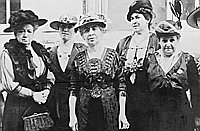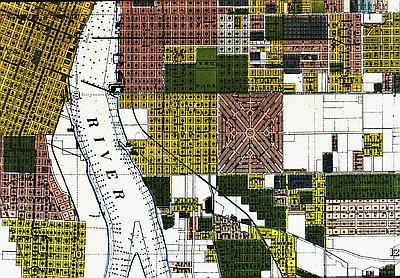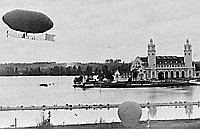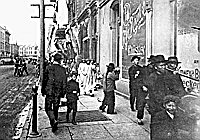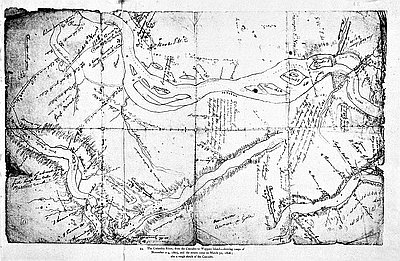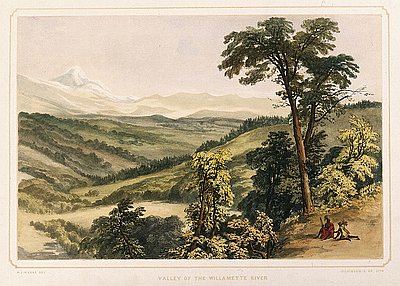The confluence of the Columbia and Willamette Rivers and the surrounding lowlands form the Portland Basin. Humans first inhabited the region about 11,000 years ago—small, mobile groups who lived in winter villages and moved to seasonal camps to gather food. They fished for salmon, sturgeon, and smelt in the Columbia; hunted birds, deer, elk, and other game; and gathered nuts, berries, roots, and bulbs. From the earliest inhabitants came Chinookan-speaking peoples, including the Clackamas, Kathlamet, Multnomah, and Tualatin.
During their travels through the basin and the Wapato Valley in 1806, Meriwether Lewis and William Clark described twenty-five villages. They reported encountering some 2,400 Multnomah on Sauvie Island, on the Willamette River about fifteen miles northwest of present-day Portland. Others who traveled in the region during the early nineteenth century described Chinookan villages with as many as twenty-eight houses.
Many villages, both winter and seasonal, were located along or near the Columbia River, with relatively easy access to centers of trade, such as Celilo Falls near present-day The Dalles. When British and American fur companies entered the basin beginning in the 1810s, they traded frequently with Chinookan villagers. The trappers, missionaries, and settlers who followed brought with them diseases like smallpox and measles, creating epidemics that decimated Native peoples in the Portland Basin, with most Chinookan villages losing between 50 and 90 percent of their population. By 1843, when Asa Lovejoy and Francis Pettygrove reportedly flipped a penny to give Portland its name, the number of Indians who lived in the basin had plummeted as a result of introduced diseases such as measles and smallpox.
